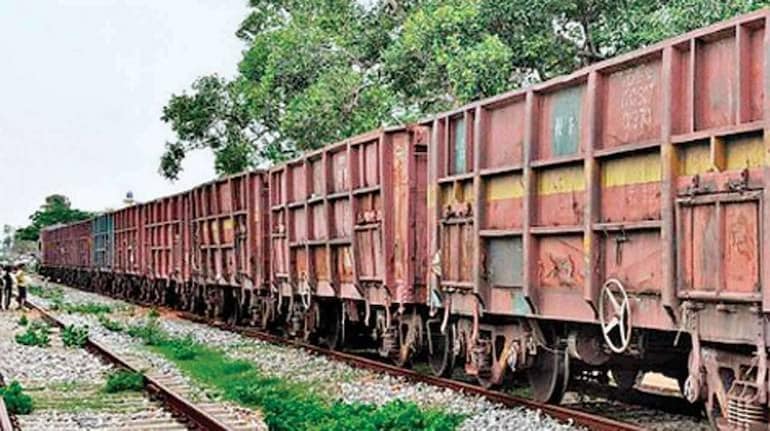



Although the Indian Railways has been in the news this year for the financial hit it has taken in the passenger services segment due to the coronavirus pandemic, the national transporter has been able to ramp up its operations in the freight department due to a slew of decisions taken with the aim of increasing its share in freight transportation to 45 percent by 2030.
Despite COVID-related setbacks, freight loading has been on a tear and the Business Development Units have played a part in the way the segment has performed. Although the traditional baskets of coal and iron and steel witnessed a dip in the first half of this month, there has been a substantial increase in other commodities, especially in other goods.
The Railways expects higher demand from containers, cement and other products in the next few years.
Going by some of the features of the draft National Rail Plan 2030, which includes increasing speed of freight trains and decreasing freight rates by up to 30 percent, the vision document will provide the national transporter the direction to remove the infrastructure bottlenecks stifling economic growth. The total capital expenditure of the projects mentioned in the National Rail Plan is expected to be around Rs 2.9 lakh crore.
In the past few months, the Indian Railways has seen a steady growth in categories like automobile loading. The Central Railway zone has also developed a prototype coach for carrying automobile consignments with a high-speed operating potential.
With around 40 percent of the Dedicated Freight Corridor set to be completed by next year, the Indian Railways is moving in the right direction as it looks to reduce haulage charges and transit time.
Discover the latest Business News, Sensex, and Nifty updates. Obtain Personal Finance insights, tax queries, and expert opinions on Moneycontrol or download the Moneycontrol App to stay updated!
Find the best of Al News in one place, specially curated for you every weekend.
Stay on top of the latest tech trends and biggest startup news.